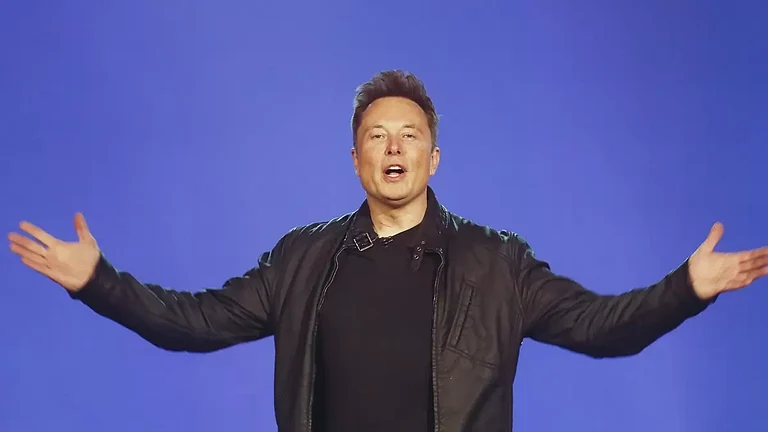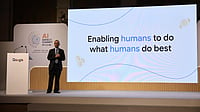Bucking modern trends, Mercedes-Benz is betting big on humans than robots for the assembly of its cars in some of its facilities to improve flexibility.
At its Factory 56, where the German automaker’s top-of-the-line S-Class limousine, its electric avatar EQS and its Maybach and AMG iterations are manufactured, the company has cut down on the number of robots to fewer than 10 compared to about 25-30 in the older Factory 46, according to a news report in The Economic Times
Due to this, the luxury car maker can now manufacture combustion-engine, as well as electric and hybrid cars on the same production line. The robots used in automobile factories are highly efficient at one job but compared with humans, they can’t work on multiple car models simultaneously.
With customization key to wooing modern consumers, the flexibility and dexterity of human workers are reclaiming space on Mercedes’s assembly lines.
The company will soon benefit from this as it begins the production of the next-generation E-Class at the same production line.
The futuristic Factory 56 – built at a cost of 730 million euros – is 30% more efficient than the nearby Factory 46, the report quoted Michael Bauer, the site manager of the Mercedes-Benz Sindelfingen plant at Stuttgart.
Bauer explained replacing robots with humans does drive up the cost of production but it also increases the efficiency.
These changes by the carmaker come at a time when technologies and consumer demands are fast evolving.
While robots are good at reliably and repeatedly performing defined tasks, they’re not good at adapting. That’s increasingly in demand amid a broader offering of models, each with more and more features.
Now, the company wants to slowly reproduce this system across all its plants around the world. While robots won’t completely disappear, they’ll increasingly be smaller and more flexible and operate in conjunction with human workers.































